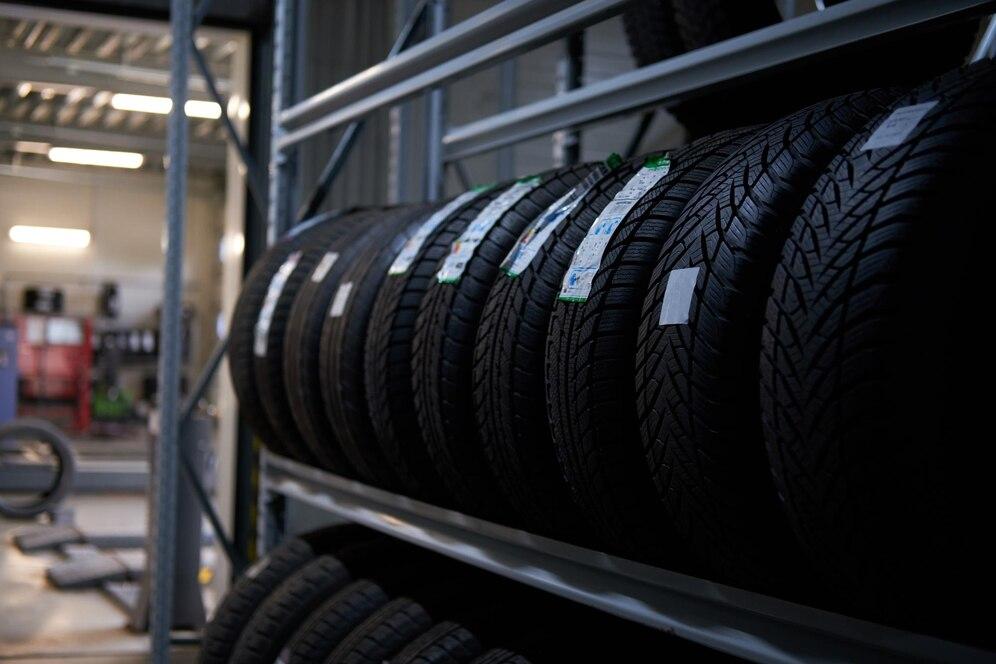In the world of industrial mobility, transportation, and mechanical engineering, the debate around tyre performance often revolves around safety, durability, and maintenance. One of the most common questions I’ve encountered in my research and writing is: Can pneumatic tyres go flat? The answer is yes—but the implications of that answer reach much further than one might expect. Understanding the mechanics behind it, the causes, and the solutions can be the difference between operational efficiency and unexpected downtime.
This article, based on a detailed exploration of practical data, expert insights, and real-world applications, aims to provide a comprehensive overview of why air-filled tyres can lose pressure, what risks this involves, and how industries and individuals can manage or prevent this issue.
Understanding Pneumatic Tyres
Before addressing the main question, it’s important to understand what defines this category of tyres. They are designed with an inner chamber filled with air or a tubeless construction where air is directly held within the tyre casing. This pressurized air acts as a cushion between the load and the ground, offering superior shock absorption, smooth movement, and improved traction across uneven surfaces.
This flexibility and cushioning are why they are so popular in applications ranging from forklifts and trolleys to bicycles, vehicles, and medical equipment. However, the same feature that gives them adaptability—their air-filled core—also introduces a level of vulnerability.
Why Pneumatic Tyres Go Flat
There are several reasons why these tyres can lose air and become flat. As someone who often evaluates the functionality of mechanical components, I’ve identified the most common causes across various case studies and maintenance reports:
Punctures
Sharp objects like nails, glass, or metal shards can easily penetrate the tyre’s rubber, allowing air to escape. This is especially common in industrial zones or construction sites, where debris is prevalent.
Valve Stem Leaks
The valve through which the tyre is inflated can deteriorate or become damaged over time, resulting in slow leaks. A faulty valve may not be visibly damaged, making it a hidden hazard.
Rim Damage or Poor Sealing
In tubeless models, if the rim is bent, corroded, or improperly sealed, air can gradually seep out. This often goes unnoticed until the pressure drop becomes significant.
Temperature Fluctuations
Air expands and contracts with temperature changes. In colder environments, pressure can drop, leading to what may appear to be a flat tyre even without any physical damage.
Wear and Tear
Over time, natural degradation of the rubber, especially under continuous load and motion, can cause the tyre to become porous or develop micro-cracks, leading to slow leaks.
Risks of Operating with a Flat Tyre
Allowing these tyres to run while flat or underinflated poses both safety and operational risks. One of the most immediate consequences is the increased strain on the wheel assembly and axle. This can lead to further mechanical failure or higher repair costs.
For load-bearing equipment, operating with flat or underinflated tyres compromises stability and control. This is particularly dangerous in material handling operations or when transporting sensitive goods. In environments where safety standards are paramount—such as hospitals or food processing units—a flat tyre can disrupt workflows or even cause accidents.
In my professional review of safety audit logs from logistics firms, a significant percentage of equipment-related incidents could be traced back to under-maintained wheels and tyres. This reinforces the importance of routine checks and awareness of the risk.
Prevention and Maintenance Practices
As a writer who has studied numerous maintenance guides and best practices, I can confidently say that proactive management is the best defense against flats.
Here are a few methods commonly recommended by industrial experts:
Regular Pressure Checks
Investing in reliable pressure gauges and integrating regular checks into your maintenance routine ensures that any drop in pressure is addressed early.
Use of Sealants
Some pneumatic designs allow for the use of internal sealants that automatically plug small punctures, preventing air loss and minimizing downtime.
Proper Inflation
Overinflation can make tyres more susceptible to bursting, while underinflation increases surface wear. Following manufacturer guidelines for pressure levels is key.
Environmental Controls
Minimizing exposure to harsh temperatures or installing protective guards in debris-heavy areas can greatly reduce the likelihood of punctures.
Replacement Cycles
Just like any other consumable component, tyres have a life span. Regular replacement before structural failure occurs is an investment in long-term reliability.
Alternatives and Their Trade-Offs
For industries or applications where flat tyres are a persistent problem, some choose to switch to alternatives. Solid rubber or polyurethane wheels offer immunity to flats but at the cost of reduced shock absorption. These are preferred in environments with sharp debris or heavy loads but might not offer the comfort or flexibility that air-filled ones provide.
Foam-filled variants, which mimic the cushioning of air but with solid cores, also offer a middle ground. However, they tend to be more expensive and heavier, affecting energy efficiency.
The decision between pneumatic and non-pneumatic options, in my observation, often boils down to the priority between comfort and resilience. There is no universal solution—only what is appropriate for the given conditions.
Final Thoughts
So, can pneumatic tyres go flat? Absolutely—and it is one of the inherent vulnerabilities of their design. But with that vulnerability comes a set of advantages that often outweigh the downsides in many scenarios. Their flexibility, cushioning, and grip on varied surfaces make them indispensable in both industrial and personal applications.
However, like any equipment with moving parts, they require attention, maintenance, and foresight. The better informed the user is about the risks and signs of wear, the more effective these tyres will be in fulfilling their role safely and efficiently.
As a writer and researcher committed to delivering trustworthy and experience-based insights, I’ve learned that choosing the right tyre isn’t just about specifications—it’s about understanding the full lifecycle, the maintenance responsibilities, and the environmental conditions in which they will operate. When properly managed, pneumatic models remain a reliable and high-performance choice across numerous industries.



